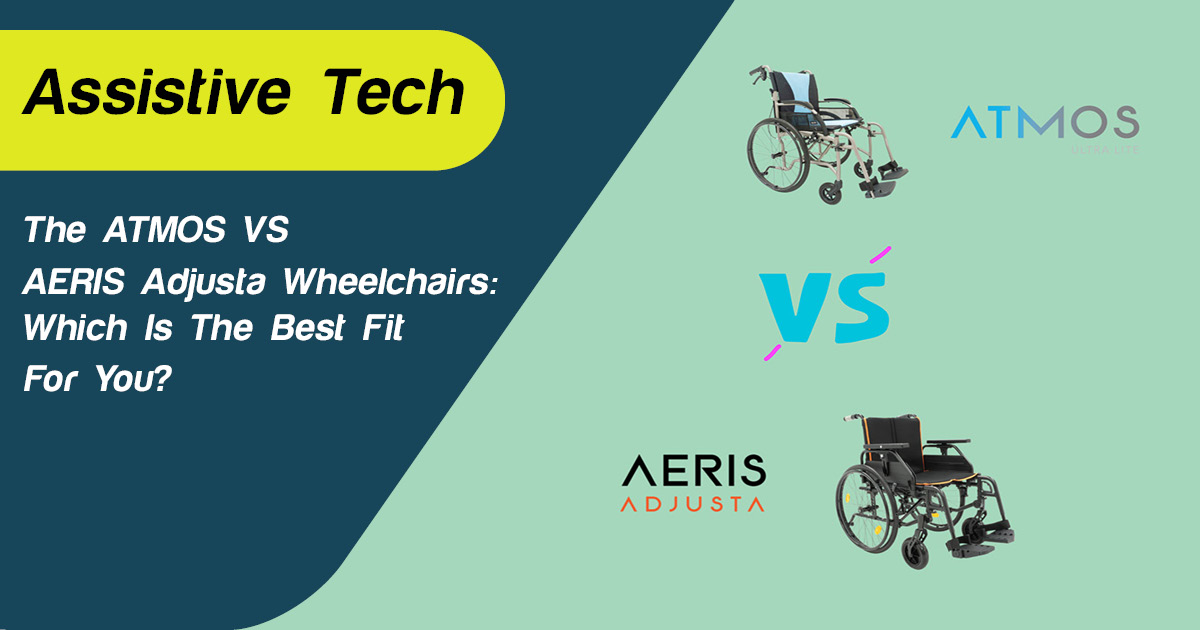
Share
If you are living with a disability or you are the carer of someone with a disability, understanding NDIS supports and budgets can be tricky. Within the NDIS, there are 15 support categories, each with its own budgets and rules — it’s easy to see why you’re feeling a little lost!
However, it is important to understand NDIS core supports so you can make the most of the funding available to you. In this blog, we explain NDIS supports and how to manage them correctly — for more information about the NDIS, see our previous blogs:
- Your guide to NDIS self-management
- How to apply for the NDIS: All the essentials you need to know
- How to purchase from us through your NDIS plan
- Guide to understanding the NDIS from A to Z
- Your NDIS journey
What are NDIS core supports?

Each NDIS participant receives their own plan which is customised to suit and support their needs. Within the plan, there are three budgets: the NDIS core support budget, the capacity building support budget and the capital support budget.
The aim of NDIS core supports is to help participants achieve the goals identified in their NDIS plan. This budget is the most flexible and can be used across the four support categories:
- Assistance with daily life — this category is designed to give you independence and help you live your best life. It covers the costs involved to hire carers, or someone to help you with certain activities like personal care, cooking, cleaning and making household decisions. You can access support at home or in the community for social or work reasons, education or even at a hotel when you’re on holiday.
- Access to consumables — this category helps you with costs related to everyday items like assistive products for personal care and safety, assistance animals, interpreting and/or translation services and low-cost assistive technologies.
- Accessing transport — this category helps you cover transport costs associated with employment, specialised schooling and education, social and recreational activities, or even healthcare. This is especially helpful for those who cannot use public transport due to their disability.
- Assistance with social and community participation — this category allows you to engage in your local community, provides funding for social activities and covers any other activities to help you achieve your goals.
Thanks to the flexibility of this particular budget, you can purchase supports under other categories unless funds have been set aside for a specific purpose like periodic payments for transport. In that case, the funds within the category must be used for that specific purpose.
Here’s a quick example:
Devin’s goal within his NDIS plan is to become more independent in his daily life. He has funding in his core supports budget to help with tasks like getting dressed and cooking meals.
Over time, Devin has started to feel more confident and decides to reduce the amount of support he needs. So, Devin reduces the amount of one-on-one support he receives each day and uses the remaining funding to take part in recreational activities once a week.
Other budgets within your NDIS plan

As mentioned earlier, aside from the core supports in the NDIS, there are also two other budgets: the capacity-building support budget and the capital support budget.
The capacity-building support budget is designed to build the participant’s independence and skills to help them reach their goals. Unfortunately, this budget cannot be moved and the funds can only be used to purchase approved supports within the capacity building category. These include:
- Choice and control (like training in plan management)
- Daily activity (like therapy aimed at building your capacity to participate in the community)
- Employment (like employment-related assessments and counselling)
- Health and wellbeing (like exercise advice related to the impact of disability)
- Home living (like support to obtain or retain appropriate accommodation)
- Lifelong learning (like assistance moving from school to further education)
- Relationships (like positive behavioural support strategies to reduce behaviours of concern)
- Social and community participation (like individual life skills development and training including public transport training and support, developing skills for community and social and recreational participation).
The capital support budget, on the other hand, covers more expensive, one-off purchases like:
- Assistive technology (like equipment for mobility, personal care, communication and recreational inclusion e.g. wheelchairs or vehicle modifications)
- Home modifications (like grab rails in the bathroom)
Due to the nature of the capital support budget, participants are required to get quotes from suppliers for funding approval. Here at Active Mobility Systems, we offer an incredible range of products under the capital support budget — for an obligation-free quote or to follow up on a new/existing equipment approval, please contact us at ndis@activemobility.com.au or fill out the form on our NDIS page.
How to make the most of your NDIS budgets

Now you know more about the different NDIS supports and budgets, it’s time to allocate the budgets within your NDIS plan. You can choose to manage your own plan, or you can reach out to a support coordinator to help you determine what is required to meet your goals. Sometimes, support coordinators are covered under your NDIS plan.
Many participants choose to manage their own plan but like anything, there are pros and cons to this method:

For more information, see our article on NDIS self-management.
Get a quote on disability support products online with Active Mobility Systems
Active Mobility is a registered NDIS provider offering a huge range of products to help you grow your independence and achieve your goals. From wheelchairs to bathroom modification products and more, we have everything you need to improve your quality of life.
Browse through our collection of products online and get a free quote from our NDIS team today! We can help manage the submission and approval process.









